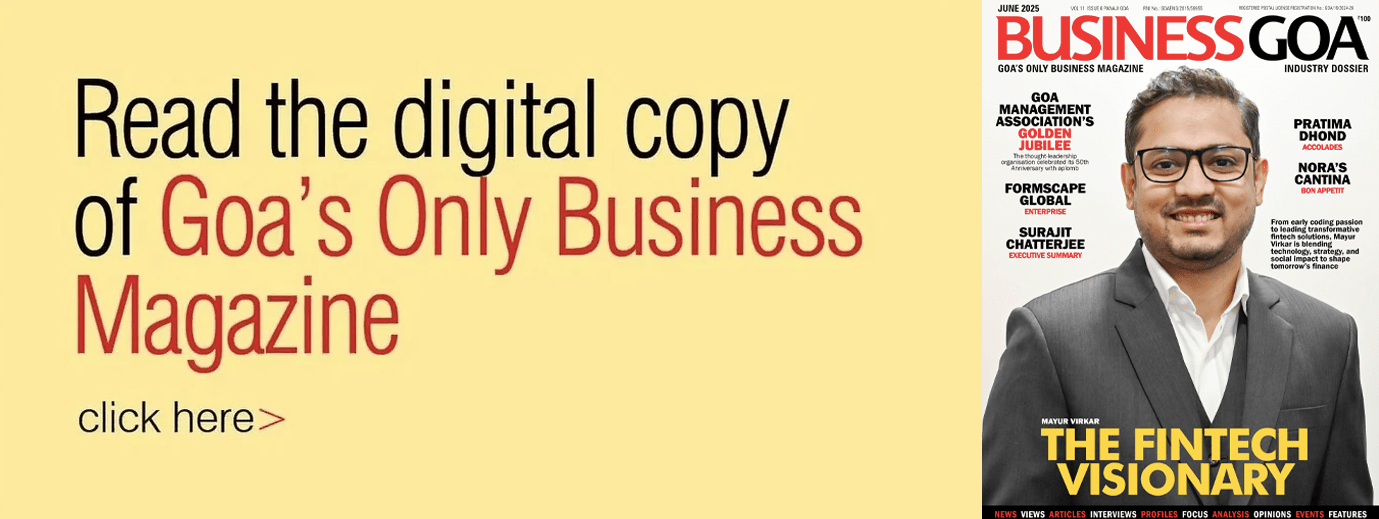
Samir Mardolker elaborates on the fast-disappearing concept of the ‘middle’ and how companies can derive opportunities for their brands
Flashback from the late 70’s: In a small town in Goa, a rickety bus makes a regular halt at my bus stop. Two roughnecks, employees of the bus service, direct passengers to the middle of the bus no matter which of the two doors they use to get in. Soon the bus bulges to Mario Miranda’s classic sardine packed vehicle. As ‘half-ticket’ students, we are denied entry until the bus is nearly full. As such, we never ever get an opportunity to get to the middle. This deprivation triggers a charm for the middle. We also realise the benefits of being there i.e. once you occupy the middle, you could stand rock solid without being pushed around. Like a powerful person!
Middle Power: The middle position was etched in memory as a comfortable and powerful position to be in. Many things reinforced that concept in early childhood e.g. power of the middle 4 squares of the chess board; the subtle power of the ‘middle finger’; our then Union Territory (Goa) controlled by the ‘center’ (Delhi).
Historically, in business as well, middle men have always wielded significant power. While one could argue that the digital age has eliminated many, the reality is that they have merely morphed into new avatars. Presumably, Uber, Airbnb are no more than middle men replacing ‘agents’ of the past. DTC (direct to consumer) approach is never really DTC as some digital middle man is probably driving traffic to your website.
Given the power of the middle, you might think their absence is likely to be noticed. However, there are some ‘middles’ that we are fast vanishing without being noticed. I hypothesise that their extinction could be one small influencing factor of two big trends I see today. 
Missing Middle Child: With many families world over having fewer than 3 kids, being the kid in the middle is fast disappearing. There is significant evidence to show that the middle child by the fact of having a younger and older sibling grows to be a more open minded individual, more accepting of new ideas, more patient, empathetic and a better negotiator (http://uk.businessinsider.com/middle-child-syndrome-psychology-myth-2017-1).
Future focus: With the middle child disappearing, will our future world be less empathetic, more demanding, more rigid? Is this an opportunity for brands targeted at kids to offer products and services that triggers interactions that encourage empathy, patience and open-mindedness? As a parent, I would definitely buy. I have not come across brands doing so – have you?
Missing Middle Thought: I believe the world is increasingly polarised in its thinking. We are building up to a new type of a cold war – ‘a cold war of thoughts’. You are pushed into one of two camps. The middle position or less polarised ideas almost have no place. Whether it is politics, religious beliefs or tradition vs. modernity the gap between one versus the other position is widening.
Future focus: Will our future world look for a way to meaningfully connect people across these polarities? Some brands are tapping into this space. Heineken believes you can get closer over a beer as this ‘worlds apart’ experiment suggests: https://www.youtube.com/watch?v=dKggA9k8DKw
In conclusion: While the world is chasing new discoveries, it is worthwhile to take a pause and notice what is going missing or becoming extinct. Identifying these aspects and hypothesizing potential implications could inspire opportunities for your brand.
Email me (samy.mardolker@clearstrategy.com) for a copy of my paper: https://www.warc.com/content/article/A104536_Innovation_inspiration_from_the_world_without_web_(wWw)_Identifying_qualities_of_life_in_the_world_without_web_that_are_disappearing_fast/104536
The writer is the Managing Director (Asia) of Clear M&C Saatchi, Singapore.
Email: Samy.Mardolker@clearstrategy.com





